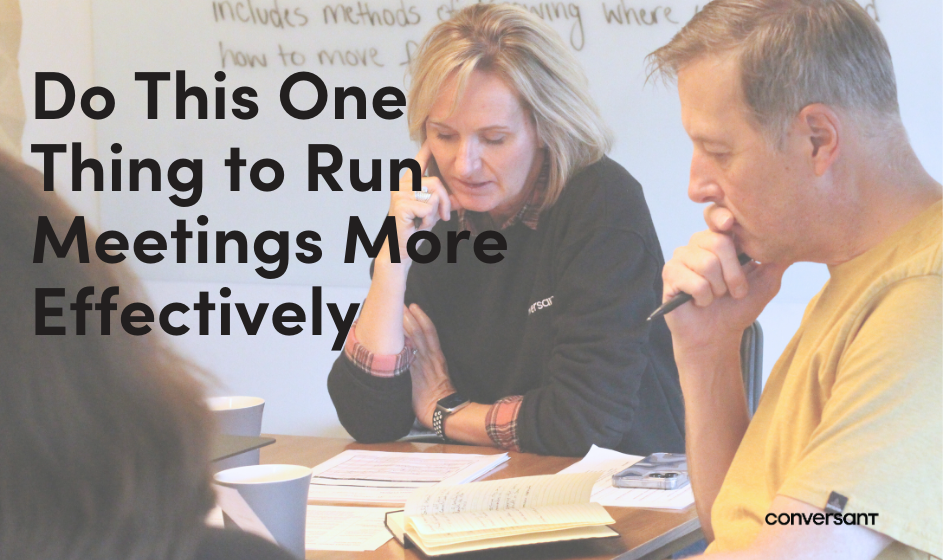The meeting started innocently enough. A group of leaders sat around a table. The CEO’s EA passed around an agenda to the 9 people present while the CEO leaned back in his chair and swiped on his phone. The agenda stated the order of who was going to speak and about what, giving specific times for each. Agendas finished being distributed and silence crept in. The CEO kept swiping. The R&D lead began to speak, tepidly at first, side-eying the CEO to ensure it was ok to launch the meeting. The topic was “investment data and technology governance”. As in previous meetings, this was a contentious topic. Within minutes the CTO of the shared services team launched an attack on the R&D lead sending accusations of deception and conspiracy. The attack led to a screaming match between the two leaders that extended far beyond the allotted time. As the shouting reached an apex, the CEO leaned forward and said: “Ok we aren’t going to get anywhere on that. Who’s next on the agenda? Kennedy? Make it quick, we’re running behind.”
That was my cue.
In that moment, do you believe I felt open, curious, and generative? Or do you believe I felt closed, in-retreat, and unproductive? As you reflect on that question, let’s look at another meeting.
A group of 12 sat around a similar table. Agendas were distributed. However, the topics on the agenda were presented without names, nor times. The headline of the agenda included a purpose statement and set of clear outcomes. As the meeting began, each leader spoke about the outcomes they’d be delighted to see by the end. The conversation then turned to the commitments this group could adhere to during the meeting including “candor with purpose”, “bring wonder and curiosity to our assumptions” and “build learning into the conversation and the work ahead”. The conversation weaved around the listed topics and included unforeseen and surprising topics. Each leader contributed to the dialogue. The conversation continued to build upon the ideas and commitments those around the table were generating. At one point a leader turned and asked: “Patrick, I’d love to hear your thoughts on this topic.”
In that moment, do you believe I felt open, curious, and generative? Or do you believe I felt closed, in-retreat, and unproductive?
This isn’t a trick-question: in the first I felt closed and in the second I felt open. In the first I felt like I was being put on stage, in the second I was being included in the conversation.
A key factor that contributed to the difference in the two meetings is the answer to this question. What does this meeting serve: An agenda or a purpose?
Agenda-led meetings are common. They include an adherence to time and topic regardless of what is actually happening in the meeting. To be efficient, the purpose is beat out of the conversation only allowing reporting monologues or preference wars as evidenced above. To what end? Not only are these meetings expensive, but they can also further contribute to wasteful interactions and pretense within a system. Wouldn’t it be great to get more done with less time, less money, and less stress?
Purpose-led meetings allow for this to happen.
To ensure a purpose-led meeting try the following:
- Before the meeting, get clear on why this meeting, with these people, is timely and relevant. Clarify a single purpose statement for the meeting. If the purpose remains unclear, you can begin with outcomes: what would we love to see by the end of the meeting?
- At the start of the meeting state the purpose and outcome and invite others to contribute or modify. Ensure that all in the meeting can find themselves within that purpose and outcome.
- During the meeting if the conversation gets confused or spirals, bring attention back to the purpose and outcome to clarify how the current dialogue fulfills the purpose or gets the team closer to the desired outcome.
- At the close of the meeting, restate the purpose and outcome in light of what the team was able to accomplish.
In your next meeting, try these methods. Let us know what you think.


